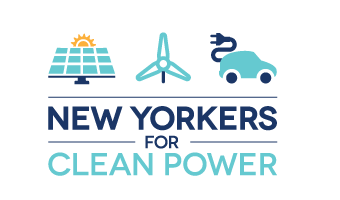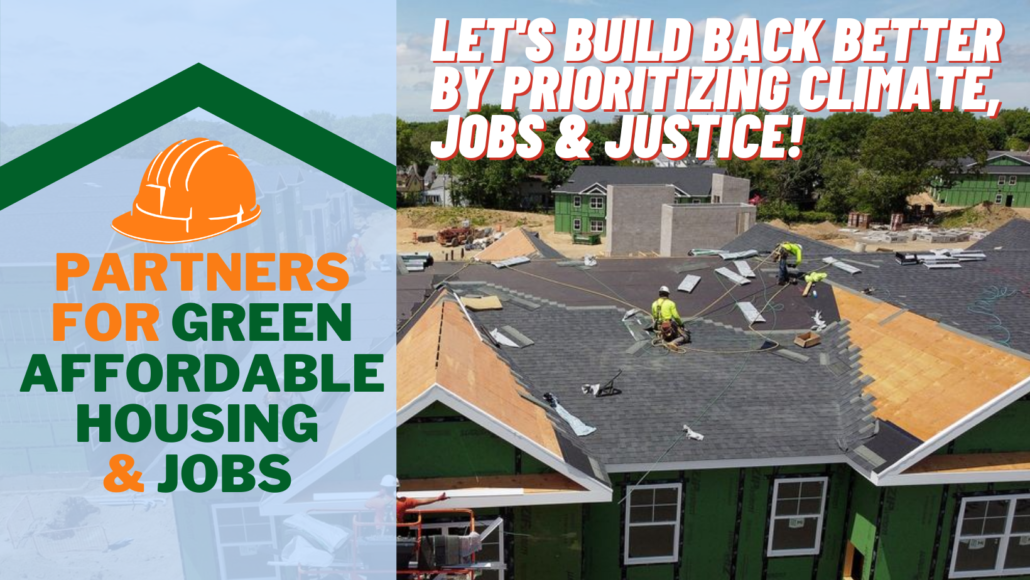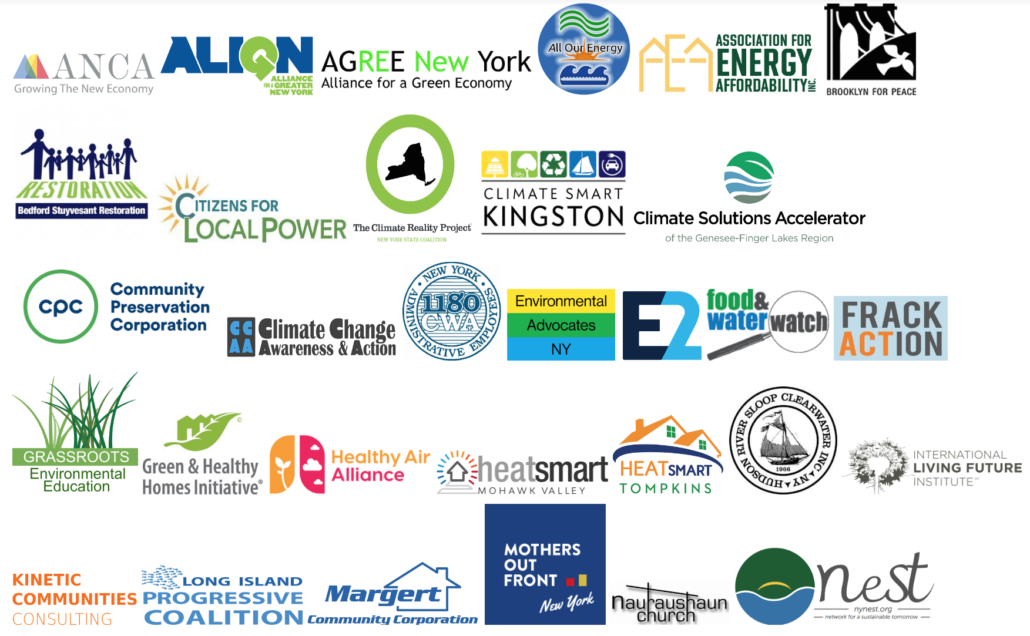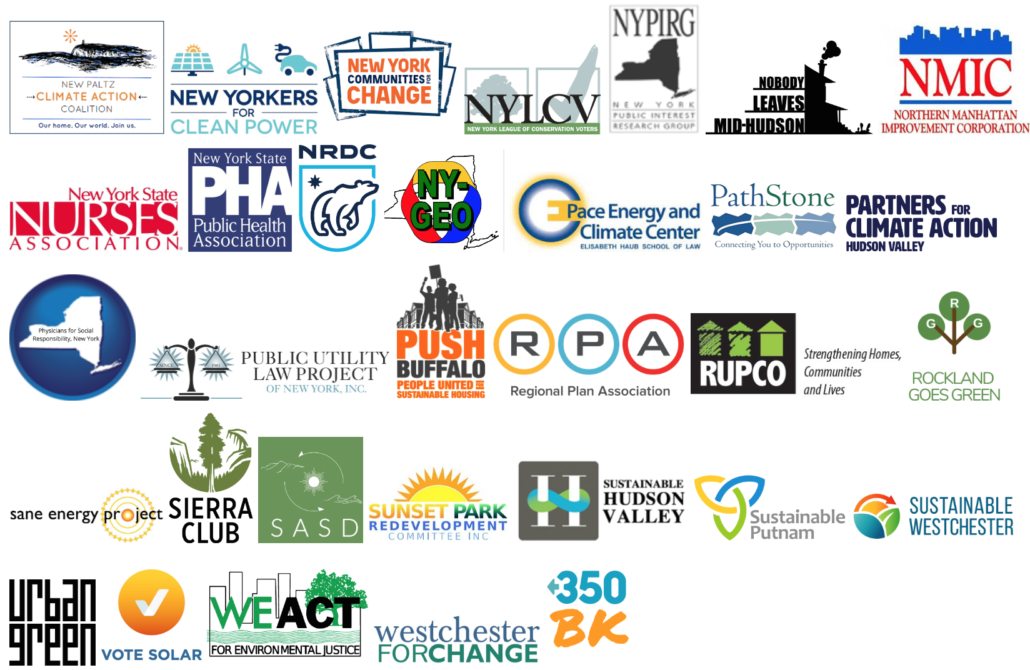Download the letter here or read below:
Dear Members of the New York Congressional Delegation:
As you consider President Biden’s American Jobs Plan, we, the undersigned organizations, urge you to seize this extraordinary opportunity to address the climate, housing, and unemployment challenges facing our country by passing an infrastructure package that will put people to work building, weatherizing, and retrofitting at least four million affordable, energy-efficient homes in the next four years. To ensure a just, equitable and sustainable recovery, we must prioritize our most basic infrastructure, housing, and develop the skilled workforce necessary to transition to a clean energy economy. We applaud the Biden administration’s plan to target 40 percent of the benefits of climate and clean infrastructure investments to disadvantaged communities–a goal consistent with New York’s landmark 2019 Climate Leadership and Community Protection Act. We ask you, our Congressional leaders, to support this target with a strong federal commitment to a green and affordable housing stock, along with the quality jobs that this investment will create.
Buildings are responsible for over one-third of U.S. greenhouse gas emissions, and real reductions will require a massive investment to improve energy efficiency and electrify homes for such needs as heating, hot water, and cooking. Decarbonizing our housing infrastructure will pay multiple dividends, not only by helping to avert disastrous climate change but also by improving public health, increasing energy affordability, and creating good-paying jobs. Energy-efficient, all-electric buildings use less energy and avoid the harmful emissions of fossil fuel use in homes, including carbon monoxide, nitrogen oxide, fine particulates, and formaldehyde. Low-income communities, and especially communities of color, have suffered disproportionately from health problems associated with environmental pollution, and prioritizing energy retrofits in these communities will address this inequity while also reducing public health costs. To maximize these benefits in low-income and disadvantaged communities, there must be resources available to combat decades of disinvestment and deferred maintenance, which have contributed to substandard housing stock with the presence of health hazards that can prevent energy retrofits.
By combining investments in healthy housing and energy retrofits with investments in green jobs training and apprenticeships, the infrastructure bill would create quality jobs in communities where they are most needed.
The Biden administration’s infrastructure plan proposes to spend $213 billion to “produce, preserve, and retrofit more than two million affordable and sustainable places to live.” We minimally must double this investment to begin to tackle the need for healthy, energy-efficient, affordable housing. In New York, alone, 2.4 million households qualify for low-income heating assistance, the majority living in homes that predate energy codes. Weatherizing and decarbonizing the existing affordable housing stock while maintaining housing affordability, as well as incentivizing construction of new energy-efficient affordable housing, will help ensure that historically disadvantaged communities are not left behind in the clean energy transition.
Specifically, we urge that the infrastructure bill contain the following:
- Expanding green affordable housing
- Commit to a target of one million new energy-efficient, all-electric affordable rental housing units to address the affordable housing crisis facing the nation and the shortage of long-term rental housing. Expand and align federal housing programs, (including HUD’s HOME Investment Partnerships Program, Public Housing Capital Fund, Community Development Block Grants, and USDA’s Rural Housing Services Program) to meet this target.
- Double to one million the number of new and rehabilitated homes for low- and moderate-income homebuyers, proposed in the Neighborhood Homes Investment Act and called for in the American Jobs Plan, and include requirements that buildings be climate resilient, energy efficient and all-electric.
- Support passage of the Housing is Infrastructure Act, which provides resources to build new affordable housing and preserve existing housing by addressing deferred maintenance in public housing, rural housing, and housing for other vulnerable populations.
- Decarbonizing existing low- and moderate-income homes and buildings
- Commit to a target of weatherizing and decarbonizing two million affordable homes and housing units, and expand and align federal weatherization and rehabilitation programs to meet this target (U.S. Department of Energy’s Weatherization Assistance Program and State Energy Program, and HUD’s Community Development Block Grants).
- Modernize the definition of weatherization to include clean energy technologies, as detailed in the Weatherization Enhancement and Local Energy Efficiency Investment and Accountability Act.
- Increase the funding level for the Clean Energy and Sustainability Accelerator from $27 billion as proposed by the American Jobs Plan to $100 billion, and commit at least 40 percent of funds to investments in disadvantaged communities.
- Include $172 billion to retrofit the public housing stock through the Green New Deal for Public Housing Act.
- Update the grant program through the Home Energy Assistance Program (HEAP) for replacement/repair of boilers/furnaces to enable upgrades to energy-efficient heat pumps.
- Support a long-term extension and enhancement of the Section 48 and Section 25D investment tax credits for ground-source heat pumps (GSHPs), and provide full parity between GSHPs and other renewable energy technologies in federal incentives.
- Provide Clean Energy Block Grants, as proposed by the American Jobs Plan, to state, local, and tribal governments for enacting policies to achieve sector-specific or economy-wide greenhouse gas emissions reductions.
- Advance healthy housing in low-income disadvantaged communities
- Pair federal investment in energy efficiency with funding to eliminate housing-related health hazards, including:
- $1 billion in funding emergency roof repairs.
- $2.4 billion to improve indoor air quality and mitigate the risk of respiratory illnesses, including asthma and allergies.
- Green Jobs & workforce development
- Dedicate new workforce development funding specifically to green jobs training, targeted at underserved groups and getting our students on paths to clean-energy careers before they graduate from high school.
- Include wrap-around services as a part of job training programs (e.g., transportation and childcare) so that individuals from disadvantaged communities can fully take advantage of these programs, helping to address persistent inequalities in income and wealth.
- Pass the HOPE for Homes Act to provide grants for workforce training in energy efficiency and rebates to make energy efficiency retrofits and beneficial electrification more affordable.
- Include funding for the Administration’s proposed Civilian Climate Corps to provide training and green jobs for young people.
- Ensure that funding for Historically Black Colleges and Universities and Minority Serving Institutions, community college facilities as proposed in the American Jobs Plan prioritizes educational training programs in building efficiency, heat-pump installation, and other green building professions. Include additional funding for campus energy efficiency and electrification, such as district thermal heating, to provide students with on-the-job experience.
By including the measures, above, in the infrastructure package, the United States can make enormous strides in reducing climate-damaging emissions from buildings and improving public health, especially the health of our most vulnerable and disadvantaged communities. If we do not make these investments in affordable housing now, we will leave many Americans behind in the clean energy transition.
Sincerely,
Adirondack North Country Association
ALIGN
Alliance for a Green Economy
All Our Energy
Association for Energy Affordability
Brooklyn for Peace
Citizens for Local Power
Climate Change Awareness & Action
Climate Reality Project
Climate Smart Kingston Commission
Climate Solutions Accelerator of the Genesee-Finger Lakes Region
Community Preservation Corporation
CWA Local 1180
Environmental Advocates NY
Environmental Entrepreneurs
Food & Water Watch
Frack Action
Grassroots Environmental Education
Green & Healthy Homes Initiative
Healthy Air Alliance
Heat Smart Mohawk Valley
HeatSmart Tompkins
Hudson River Sloop Clearwater
International Living Future Institute
Kinetic Communities Consulting
Long Island Progressive Coalition
Margert Community Corporation
Mothers Out Front
NAACP Ellenville Branch
Nauraushaun Presbyterian Church
Network for a Sustainable Tomorrow
New Paltz Climate Action Coalition
New Yorkers for Clean Power
New York Communities for Change
New York League of Conservation Voters
New York Public Interest Research Group
Nobody Leaves Mid-Hudson
Northern Manhattan Improvement Corporation
New York State Nurses Association (NYSNA)
New York State Public Health Association
NRDC
NY-GEO
Pace Energy and Climate Center
PathStone
Partners for Climate Action Hudson Valley
Physicians for Social Responsibility
Public Utility Law Project
PUSH Buffalo
Regional Plan Association
Rockland Goes Green
RUPCO
Sane Energy Project
Sierra Club
Sullivan Alliance for Sustainable Development
Sunset Park Redevelopment Committee
Sustainable Hudson Valley
Sustainable Putnam
Sustainable Westchester
Urban Green Council
Vote Solar
WE ACT for Environmental Justice
Westchester for Change
350Brooklyn





